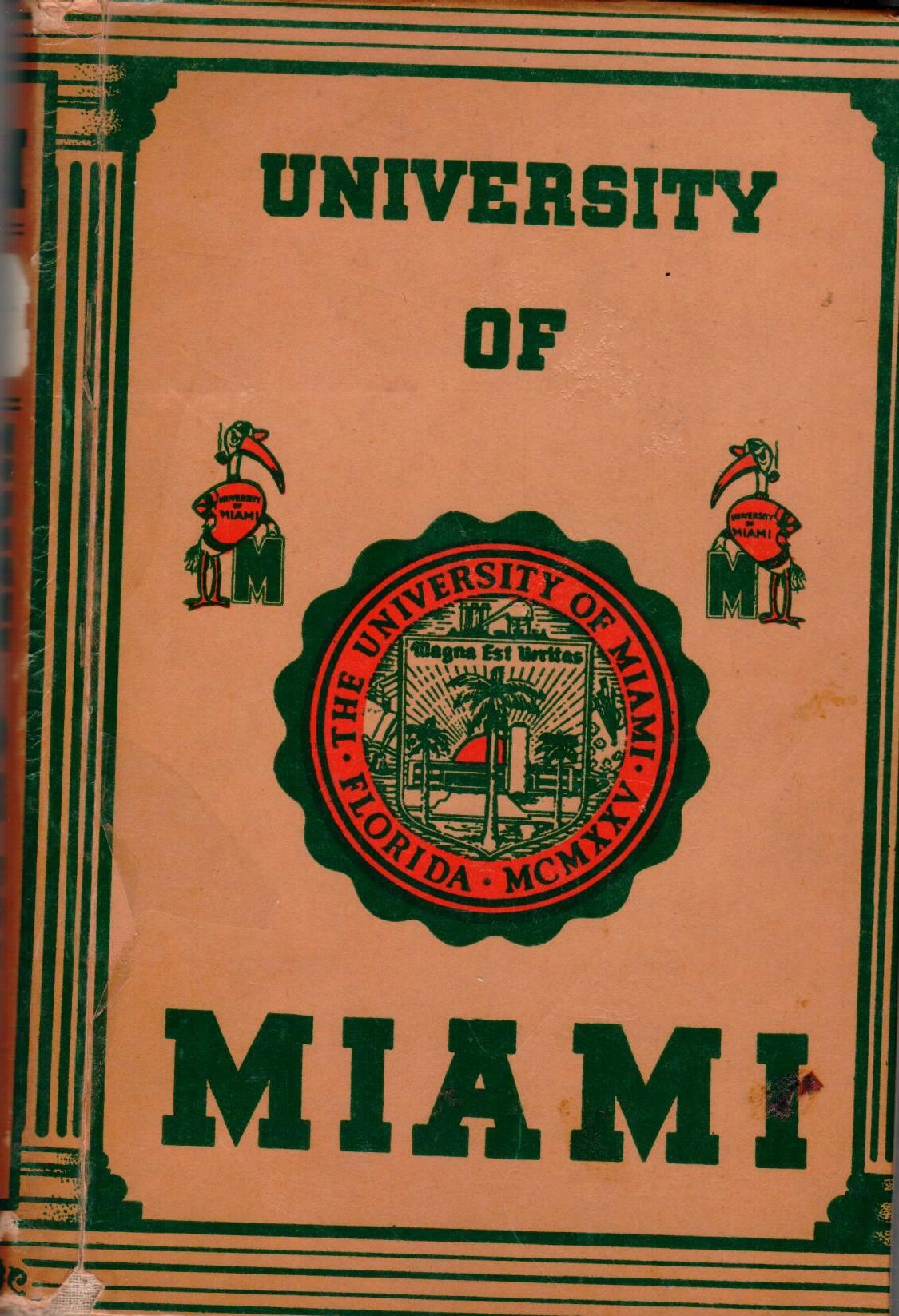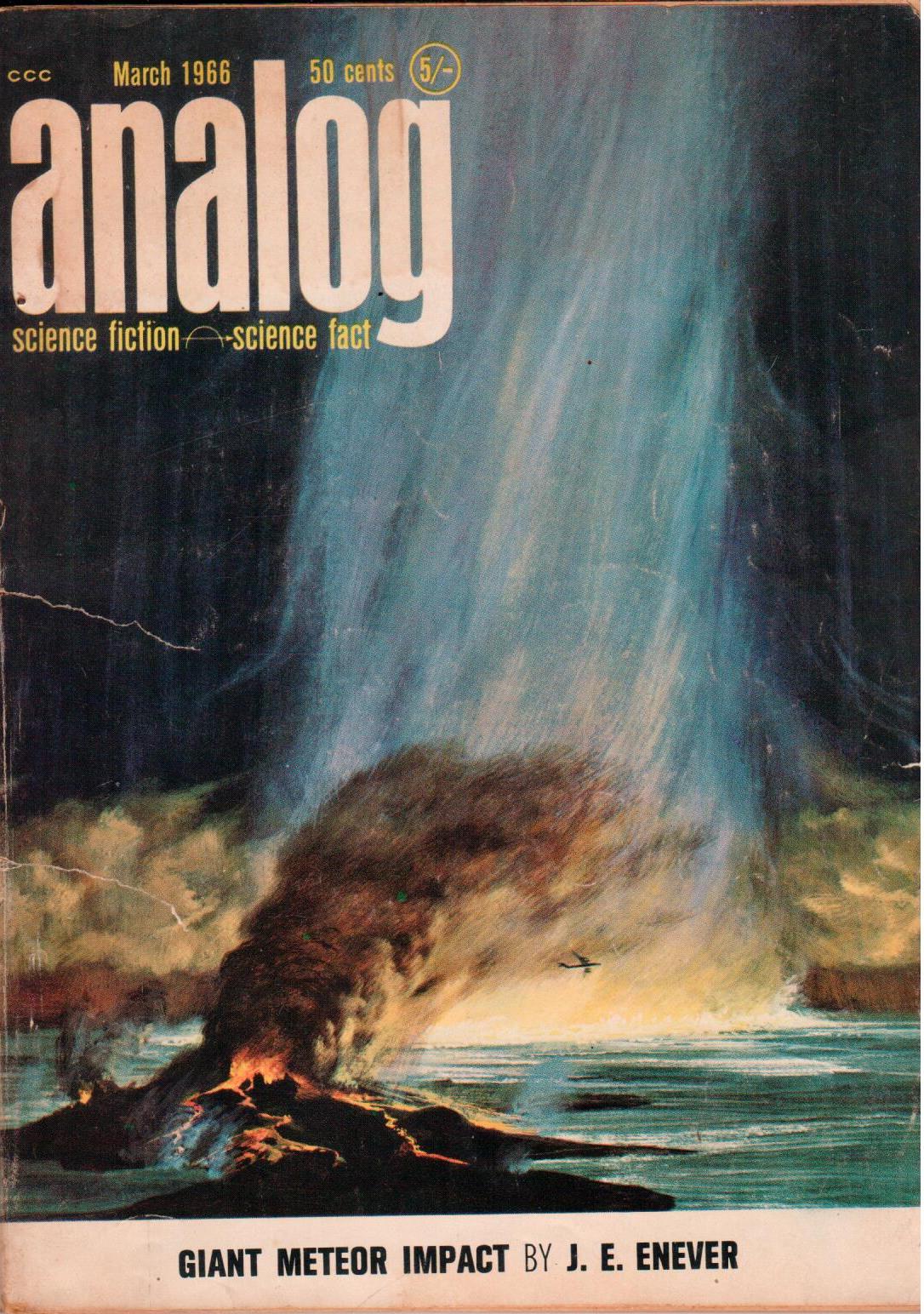COLLECTIONFinding Our Place in the Cosmos: From Galileo to Sagan and Beyond
Whose Revolution? Copernicus, Brahe & Kepler
Copernicus is often described as a lone astronomer who defiantly argued that the sun, not the Earth was at the center of the cosmos. Copernicus’ contributions to astronomy are so significant that they warrant their own term: The Copernican Revolution.
The story of this revolution is problematic for several reasons. First, as much as Copernicius’ ideas broke with the past, his model of the cosmos has more in common with his contemporaries than it does with modern day astronomy and physics. Second, although Copernicus’ sun centered model was revolutionary it was part of a series of early modern and renaissance innovations. For example, Tycho Brahe collected observational data at an unprecedented scale, and developed his own competing model. Similarly, Johannes Kepler developed mathematical models for elliptical orbits that challenged some of the core assumptions of Aristotelian cosmology.
Looking back on these advances, exactly whose revolution was it? Or, given that each of these astronomers worked in ongoing traditions of modeling and understanding the heavens, was there a revolution at all?
By briefly reviewing the works of Copernicus, Brahe and Kepler this essay offers you the chance to develop your own answer to these questions.
Copernicus’s Quest for Deeper Harmony and Order
Copernicus anticipated his ideas would be controversial. Because of this, he waited more than 30 years to publish his book in 1543. De revolutionibus orbium coelestium (On the Revolutions of the Heavenly Spheres) puts the sun at the center of the universe and the Earth in motion across the heavens as one of the planets.
De Revolutionibus opens with a brief argument for the heliocentric universe and follows with an extensive technical set of mathematical proofs and astronomical tables. Copernicus was not trying to thumb his nose at the accepted wisdom of astronomers and religious thinkers; instead he sought to uncover a more elegant order for the universe.
It was a revolutionary idea. With that said, Copernicus’ ideas built on an existing line of thinking. The movement of Mercury and Venus had been perplexing for a long time. Plato and Eudoxus noted that these planets never strayed far from the sun. It was almost like they were tethered to the sun, they could move a bit ahead of it or lag behind. In the 5th century AD Martianus Capella had argued that Mercury and Venus orbited the sun, which in turn rotated around the Earth. This was not the first sun-centered system that was argued either. Aristarchus of Samos had proposed a heliocentric system and the Pythagoreans before him had argued that the sun was the “central fire”. Although not part of the mainstream these were all ideas that Copernicus built upon.
While Copernicus’ contributions to astronomy were revolutionary, they are fundamentally different from our conception of our solar system today. His model still required perfect circular motion in the heavens. This meant that, like Ptolemy, he needed to use circles on circles, called epicycles, to account for the movement of the planets. Copernicus’ circles were much smaller, but the model didn’t get rid of the need for them.
Brahe’s, Data Collection and Importance of Overlapping Circles
Copernicus had largely based his work on a body of existing observations of the heavens. Although he did some observational work, the bulk of his contribution was focused on re-evaluating existing data from a different perspective. However, Tycho Brahe had a different approach. Born in 1546, (three years after the publication of Copernicus’ De Revolutionibus) Brahe became a famous astronomer, well known for his unprecedented collection of astronomical data. Brahe’s contributions to astronomy had revolutionary impacts in their own right.
In 1563, at age 16, he observed Jupiter overtaking Saturn as the planets moved past each other. Even with his simple observations he saw that existing tables for predicting this conjunction were off by a month, and even Copernicus’s model was off by two days. In his work, he demonstrated that better data could help to create much more robust models.
New Stars and Interpretations of Comets
In November of 1572 Brahe observed a new star in the constellation of Cassiopeia. With a sextant and cross-staff he was able to measure the star’s position and became convinced that it was in the realm of the supposed unmoving fixed stars. This observation was inconsistent with the longstanding belief that the celestial realm was a place of perfect and unchanging fixed stars.
Alongside this development, the appearance of a comet in 1577 provided additional evidence that things did change and did move in the celestial sphere. Based on careful measurements, Brahe was able to identify that the comet was outside the sphere of the moon and he eventually suggested it was moving through the spheres of different planets.
Brahe’s Model of the Cosmos
As a result of these observations, Brahe put forward a new model for the cosmos. In Brahe’s model, all of the planets orbited the sun, and the sun and the moon orbited the Earth. Keeping with his observations of the new star and the comet, his model allowed the path of the planet Mars to cross through the path of the sun.
Many scientists have been critical of Brahe’s model as a backward step in the progress of science. However, it is critical to remember the value that Brahe’s system offered. This system had the advantage of resolving the problem of stellar parallax. One of the persistent critiques of Copernicus’s model (and even of Aristarchus model in ancient Greece) was that with a moving Earth one should expect to see parallax movement of the stars. As the Earth changes position in relationship to that of the stars, one would expect to see the stars change position relative to each other. Copernicus’ answer was that the stars had to be so distant that it wasn’t possible to detect parallax. Still, the distance required to make this work was so massive as to be a problem for the system.
This was not a problem for Brahe’s system because his model allowed for the circles in the heavens to intersect. Brahe’s model was not a step backward; but revolutionary in the sense that it was a competing way to make sense of the data the heavens provided.
Kepler’s Harmonies of the Heavens
Johannes Kepler, born in 1571, made major contributions to astronomy as his work mixed sophisticated mathematics and astronomy with mystical ideas about astrology. Because of this Kepler remains difficult for contemporary readers to understand. He was excited about the possibilities of developing new astrology that was grounded in the work he engaged in as an astronomer. Kepler worked for Tycho Brahe, publishing an extensive amount of Brahe’s data in Rudolphine Tables. Although he used much of that data for his own publications Kepler’s work would significantly depart from Brahe’s.
Kepler’s first major work, Mysterium Cosmographicum (The Cosmographic Mystery, 1596), and his later work Harmonice Mundi (Harmonies of the World, 1619) are both largely concerned with the order and geometry of the heavens. In these works, he explored how the different shapes of Platonic solids could be combined to explain a superstructure for the heavens, and how the movements and patterns of the heavens could be mapped on to scales. For Kepler, the heavens literally made harmonies through their movements. He was not afraid to attribute qualities to these harmonies and order that would strike us today as strange superstitions. He was as interested in bringing together geometry and physics as he was with bringing together alchemy and astrology.
Kepler’s Elliptical Orbits
Kepler’s quest to bring together geometry and physics led to a new shape of the planetary orbits. In Astronomie Nova (1609),Kepler presented extensive research on the orbit of Mars.
Using Tycho Brahe’s observational data, Kepler was able to fine tune the movements of the planets and demonstrate that the movement of Mars could be described as an ellipse. The diagram from Astronomia Nova shows the difference between the perfect circle and the more pinched or squished inner ellipse. It was generally taken for granted that motions in the heavens would involve only perfect circles. However, through innovations in mathematics, Kepler was able to mathematically describe ellipses that closely fit the paths the planets moved through in the heavens. The ellipse enabled the removal of the epicycles and could account for the path of the planets in a single shape. His commitment to order pushed him to recalculate and rework his research until he figured out how to represent the orbits of the planets. Alongside describing the elliptical nature of orbits, Astronomie Nova offered initial arguments for a force of attraction that could organize and hold this kind of system together. Kepler’s work foreshadowed the discovery of one of the fundamental forces of physics, the law of gravity.
So Whose Revolution was it?
Tracking the work and research of Copernicus, Brahe and Kepler illustrates a much more intertwined and complicated story. The discontinuity usually ascribed to Copernicus turns out to be a misconception, as his revolutionary work was part of a long line of astronomers and philosophers whose ideas began to expose cracks in the Aristotelian model. Instead of a simple narrative of progress and resistance to progress we find a series of distinct advancements made in particular historical contexts. Copernicus offered an important new model and a revised set of observational data. Brahe left us a competing model and new observations of motion in the heavens. Kepler’s work on elliptical orbits played a key role in moving toward a different conception of the cosmos. In each case, these individuals were part of ongoing dialogs between astronomers, theologians and other scholars.
Without substantive use of the telescope, these stories illustrate how focused observation and exploration can result in important advances. At the same time, it’s best not to confuse their understanding of the world with our own. Copernicus remained sure in the perfect heavenly spheres, Brahe spent a lot of time working on alchemy and Kepler wrote a great deal about astrology. Their underlying interest in understanding the order and structure of the universe was consistent with their belief in alchemy and astronomy. This suggests the need to recognize that our understanding, like theirs, is contextualized in the world as we know it.





































 Library of Congress
Library of Congress